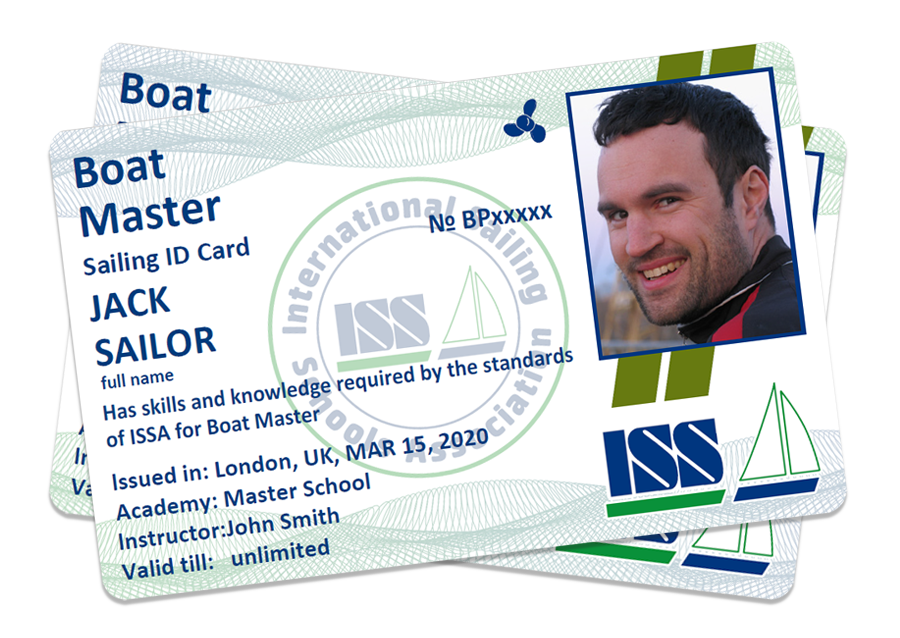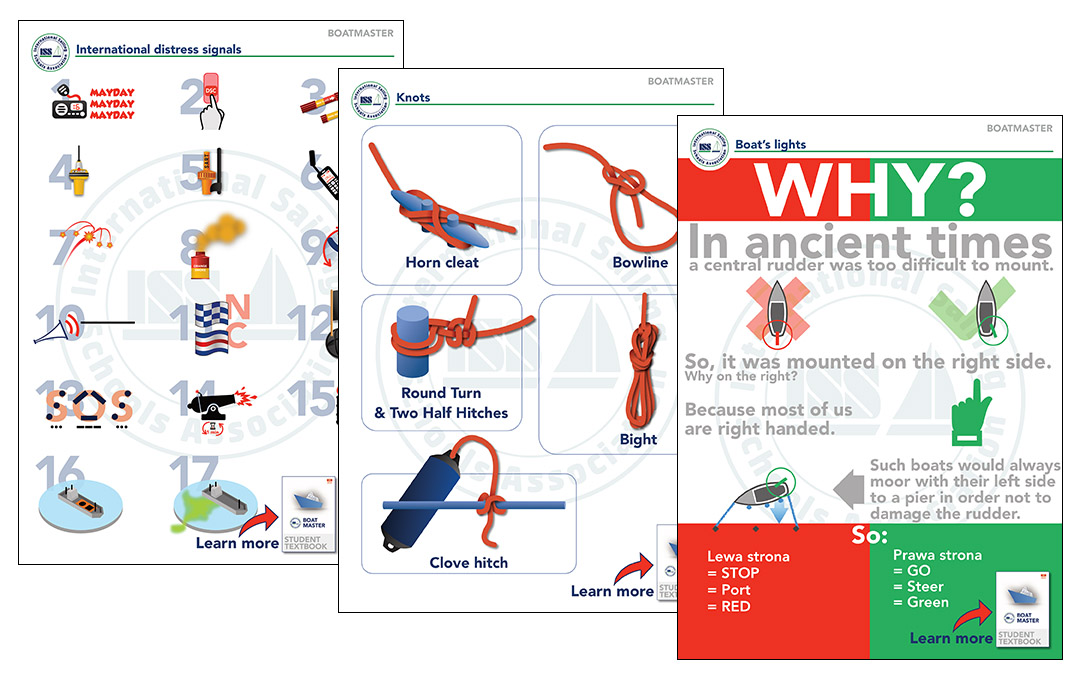ISSA Courses
Boat Master
The lSSA Boat Master course is addressed to the candidates that already have a good understanding of sailing/boat handling, nautical terminology and safety at sea and wish to commercially skipper power driven yachts.
The aim of the course is to increase the candidates' nautical knowledge to competently take on the duties of a Boat Master on board a yacht, during the day and night hours and in fair weather, and moderate sea conditions.

Course Requirments
Experience required prior training
Elementory understanding of boat handling
Age requirement
Over 16 years old
Who can run the training
Inshore Power Instructor and higher level instructors
Theoretical Topics
Yacht construction
Anchoring
Engine handling
Safety
Lines and springs
Crew management
Handling fenders
Handling yacht under power
Man over board
Pilotage
Collision regulations
Navigational aids
Terrestrial navigation
Navigating in restricted visibility
Electronic-based navigation
Passage planning Logbook
Logbook
International signaling code
Meteorology
Other skills (ecology, social skills)
Certification required prior training
VHF/SRC
Course Duration
Suggested 5 days training including practice
How to submit the application
Only through ISSA-accredited schools
Practical Topics
Basics of safe onboard operations
Safe operation of elementary yacht systems
Water supply system
Fuel supply system
Elementary yacht sailing equipment and how to use it
Operating the inboard engine
Inboard engine troubleshooting
Operating the outboard engine
Outboard engine troubleshooting
Knots
Lines handling
Safe fenders handling
Safety issues when using an anchor
Safe anchoring
Handling emergency situations
Safety briefing
Crew management in various situations
Safe handling of the yacht under power
M.O.B. approach under power
Recovering M.O.B
Practical pilotage application
Reading crucial for safe sailing information from a chart
Using charts / plotting position
Use of magnetic compass
Basic GPS system operation
Basic passage planning rules
Boat Master Textbook
ISSA has produced a comprehensive Boat Master textbook, providing all the theoretical knowledge and practical guidance needed to complete the course successfully.
If you’re interested in joining the Boat Master course, you can explore available courses at the ISSA Hub or contact an ISSA-accredited school near you for more information.
If you’re interested in joining the Boat Master course, you can explore available courses at the ISSA Hub or contact an ISSA-accredited school near you for more information.



